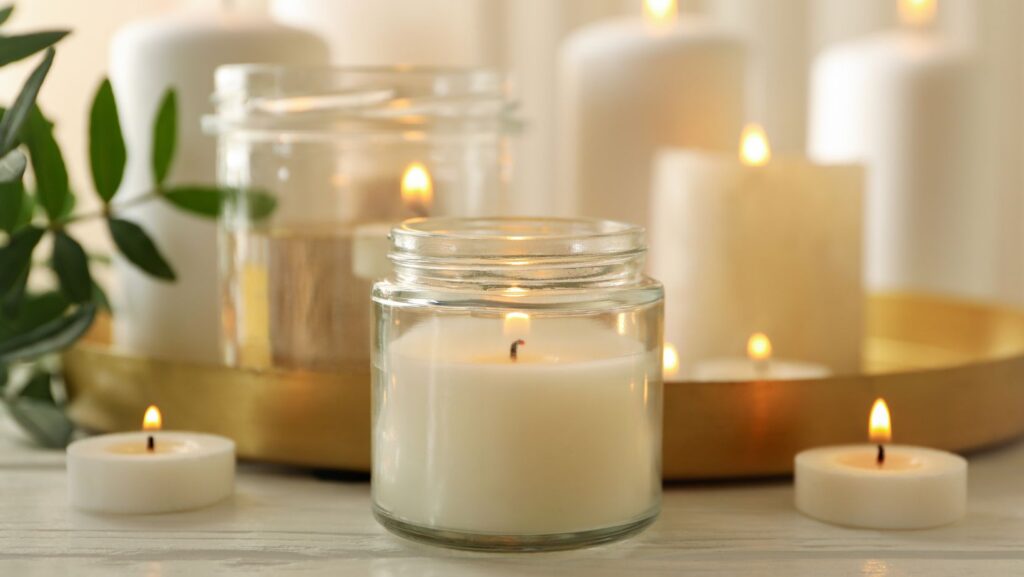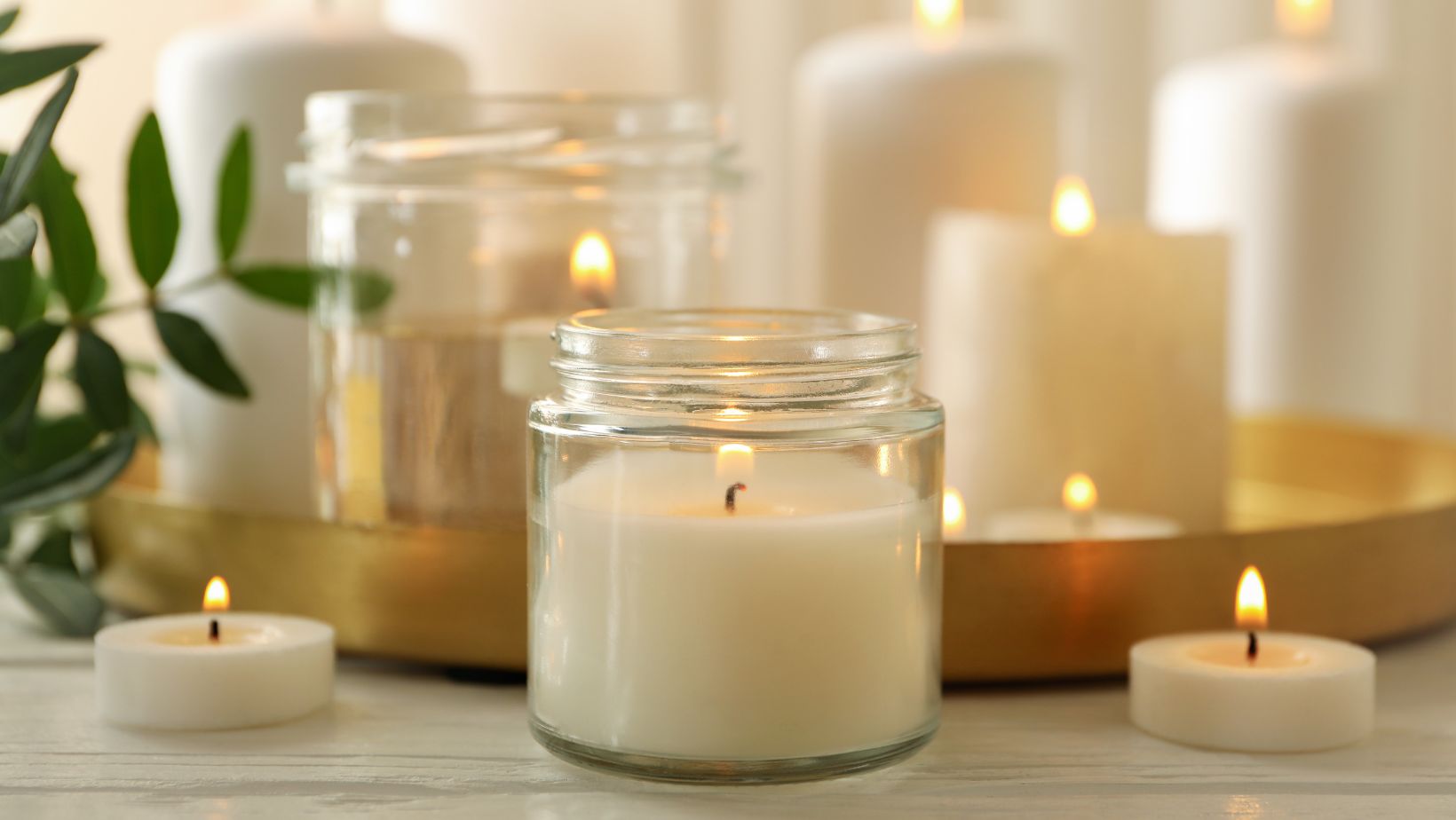
Candlelight has long been associated with relaxation, romance, and setting a cozy ambiance. The flickering glow and soothing scents have the power to transform any space into a tranquil sanctuary. However, lurking beneath the allure of scented candles lies a smoky debate over their potential impact on our health. As we delve into the world of candles, let’s shed light on the facts and separate the myths from reality.
The Scented Allure: A Fragrant Delight or Hidden Danger?
Scented candles have become a beloved staple in many households, adding a touch of fragrance and warmth to our living spaces. But, what lies beneath the allure of these seemingly harmless candles? The Cleveland Clinic delves into the concern, addressing the potential health risks associated with burning scented candles.
The Perils of Paraffin: The Dark Side of Scented Candles
Most commercial candles are made from paraffin, a petroleum byproduct. While paraffin candles may emit captivating scents, they are also known to release harmful chemicals when burned. Healthline highlights the concerns, pointing out that burning paraffin candles can release toxic compounds such as benzene and toluene into the air, potentially causing respiratory issues, allergies, and even adverse effects on the nervous system.
Volatile Organic Compounds: A Stealthy Intruder
The sweet scent of scented candles often comes from added fragrances, and these fragrances may contain volatile organic compounds (VOCs). As explained by Vice, when these VOCs are released into the air, they can contribute to indoor air pollution and may irritate the respiratory system, especially in individuals with pre-existing conditions.
Taking Precautions: A Breath of Fresh Air
While the impact of scented candles on health is a subject of concern, there are ways to enjoy their charm while minimizing potential risks. Opting for candles made from soy, beeswax, or other natural materials can be a safer alternative, as they produce fewer harmful byproducts when burned.
Trimming candle wicks before lighting can also reduce soot and smoke production, lessening the risk of indoor air pollution. Additionally, ensuring proper ventilation in the room can help dissipate any lingering pollutants.
Soothing Alternatives: Embracing Safer Scents
As we navigate the candle conundrum, exploring safer alternatives can lead us to a plethora of options that don’t compromise on ambiance or fragrance. Essential oil diffusers, for example, offer a natural and gentler way to infuse a space with delightful scents.
Opting for unscented candles can also provide a flickering charm without introducing any extra chemicals into the air. Scented candles made with natural and organic ingredients can also be sought out, offering a safer choice for those who cherish the aromatic experience.








